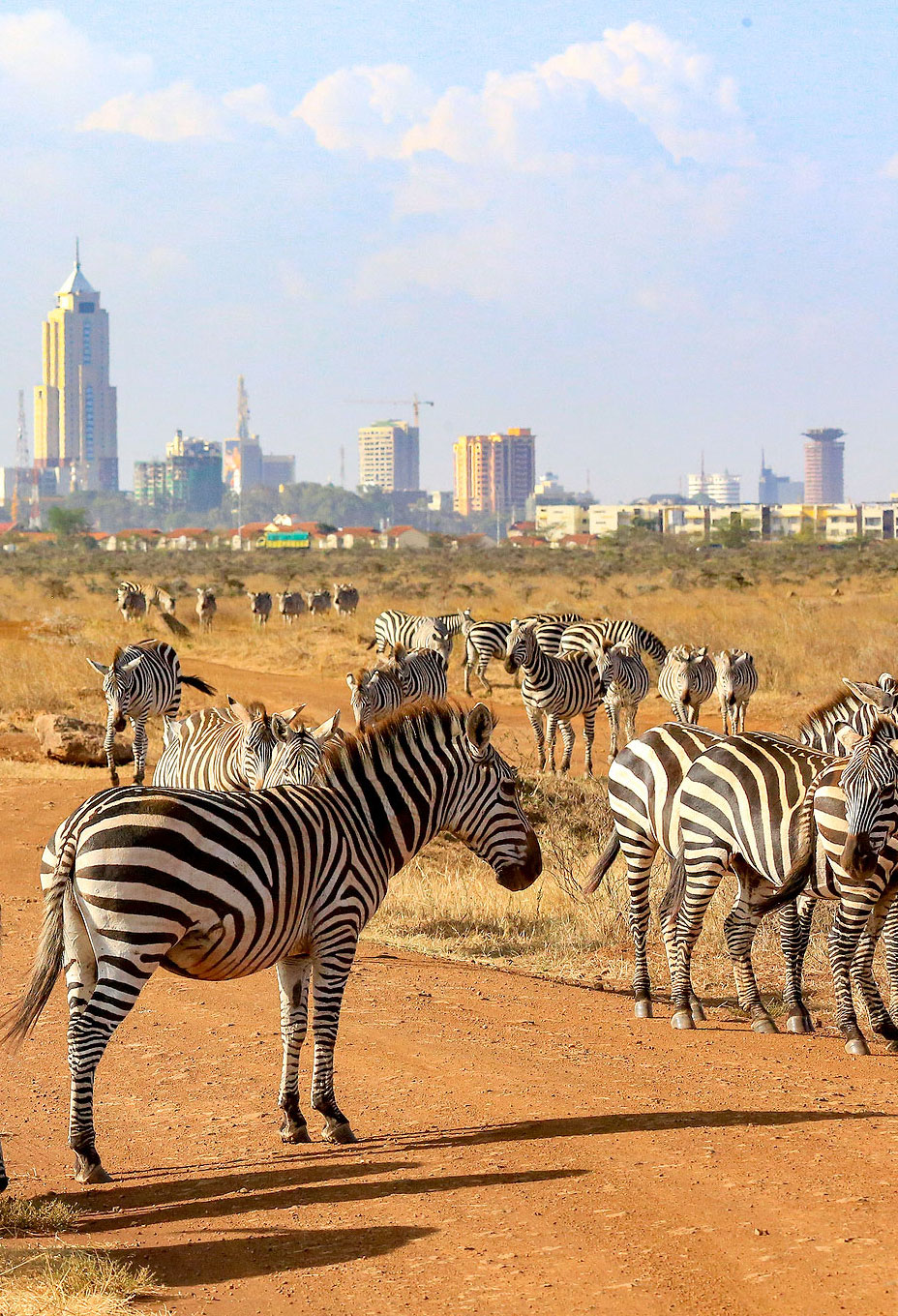The equator is an imaginary line at zero degrees latitude that wraps around the center of Earth, dividing the planet into Northern and Southern Hemispheres. There are 13 countries located along this 24,901-mile-long boundary — seven in Africa, three in Asia, and three in South America. All of these countries are known for their similar climates, experiencing year-round hot and humid weather with little seasonal variation. Despite similar weather, each of these nations has its own unique history, geography, and culture. Here are eight fascinating facts you might not know about countries along the equator.
Kiribati Is the First Country to Celebrate the New Year

Kiribati, an archipelagic nation on the equator, consists of 33 islands spanning over 1,800 miles across the central Pacific Ocean. Even with this vast breadth, Kiribati’s total land area measures only 313 square miles. Kiribati’s eastern territory includes eight of the Line Islands, an archipelago through which the International Date Line runs. Thanks to this, the island of Kiritimati is the first region anywhere in the world to ring in the New Year.
While parts of Kiribati are located in the Western Hemisphere, Kiritimati is actually located in the Eastern Hemisphere, meaning the country is the only nation in the world with land in all four hemispheres. Despite this, the entirety of Kiribati lies within the world’s earliest time zones due to a quirk with the International Date Line, which circumvents the Line Islands and swings around to the east. This places Kiritimati within the UTC +14 time zone. After Kiribati celebrates, Tonga, Samoa, and parts of New Zealand ring in the New Year one hour later.
Indonesia Is Home to the World’s Biggest Flower

Indonesia has three national flowers: the Phalaenopsis amabilis (moon orchid), Jasminum sambac (jasmine), and Rafflesia arnoldii. This latter flower is ominously known as the corpse flower due to the pungent odor it emits, which some compare to rotten meat. However, its size is what makes this flower truly special, as it reaches average lengths of three feet across and weighs up to 15 pounds.
With no visible leaves, roots, or stems, this bright red flower obtains nutrients via a parasitic relationship with other plants. Rafflesia arnoldii is found — albeit rarely — in the rainforests of Sumatra and Borneo. In 2020, a record-setting version of this large flower was discovered in a West Sumatran forest, possessing a diameter four inches wider than the previous record holder.
The Maldives Is the World’s Flattest Country
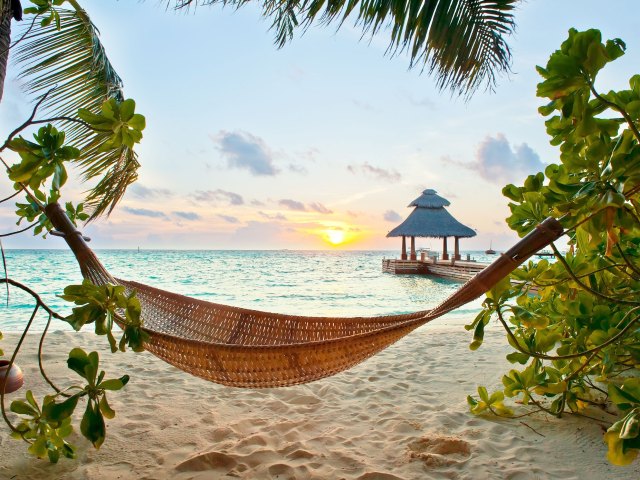
Located in the central Indian Ocean, the Republic of Maldives is the world’s flattest country, according to Guinness World Records. On average, the island nation’s coral beaches rise a mere four feet above sea level. The country’s highest natural point — an unmarked spot on Addu Atoll, the southernmost atoll of the Maldives — reaches only eight feet above sea level. On Seenu Atoll, one point reaches heights of 16 feet above sea level, though it’s human-made: the eighth hole of the Villingili Resort’s golf course.
The Maldives is made up of around 1,200 tiny islands, of which only around 200 are inhabited. These land masses extend 510 miles from north to south and 80 miles from east to west. Given its flatness, the Maldives is at risk of being largely submerged in the near future, as ocean levels are predicted to rise up to five feet by 2100.
Kenya Contains Over 60 National Parks and Reserves
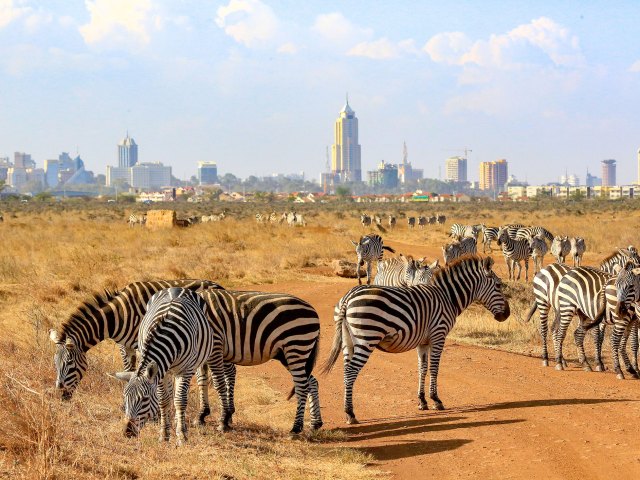
The East African nation of Kenya established Nairobi National Park in 1946 as the country’s first protected refuge. The park covers 45.26 square miles, making it one of the smaller national parks in Kenya today, but it helped pave the way for a widespread conservation effort in the decades to come. As of 2023, the Kenya Wildlife Service manages more than 60 national parks, national reserves, and marine national parks and reserves — representing about 8% of Kenya’s landmass.
Among the many highlights of Kenya’s national park system are the 1.5 million wildebeest living in the Masai Mara reserve; the world’s last surviving northern white rhinos residing in the Ol Pejeta Conservancy; the fascinating geothermal activity at Hells Gate National Park; and the world’s largest lava flow (at over 180 miles in length), located on the Yatta Plateau in Tsavo East National Park. Then there’s Mount Kenya National Park, which contains the second-tallest mountain in Africa behind Kilimanjaro. This impressive crag reaches heights of 17,057 feet above the Kenyan landscape below.
Gabon Is Home to the World’s Only Known Natural Nuclear Reactor

In 1972, scientists extracted chunks of radioactive uranium ore from a mine in Gabon, an equatorial country located along the Atlantic Coast of central Africa. After further research, scientists discovered that the uranium mines at the site, known as Oklo, contained 16 natural nuclear reactors that first developed around 2 billion years ago (a 17th reactor was later discovered in Bangombé, located 18 miles southeast of Oklo).
These geological features are unlike anywhere else on the planet. For eons, these sites produced radioactive ore thanks to a natural nuclear fission process that was moderated by water levels and boiling heat. Unfortunately, the reactors in Oklo were destroyed over time due to excessive mining, and to this day, scientists have yet to discover any natural reactors akin to the ones in Gabon.
Brazil’s Capital City Resembles an Airplane When Viewed From Above
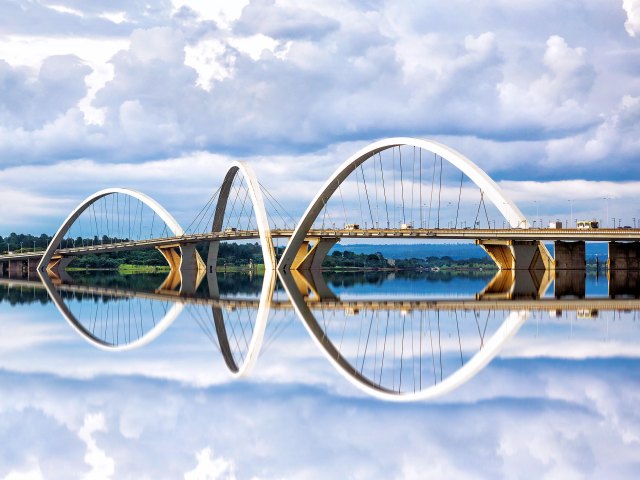
Brazil relocated its capital from Rio de Janeiro to the newly planned city of Brasília, with a more central location, in 1960. Lúcio Costa — an urban architect who taught geometry and drawing from 1938 to 1954 — won a public competition in 1957 to design the proposed new capital. Costa shunned traditional grid patterns and chose an irregular cross layout The end result, when viewed from above, looks like an airplane, a bird, or even a dragonfly, depending on who you ask.
Costa’s unusual plans called for government buildings in the area where a plane’s fuselage is traditionally located, with local bureaucrats making their residential homes in the “wings” of the city. Though he designed the city for 500,000 people, it’s since expanded to house about 2.5 million residents.
Colombia Has More Bird Species Than Any Other Country

Colombia is the second-most biodiverse country in the world, after Brazil. When it comes to birds, however, Colombia tops the list with 1,878 bird species. That number puts Colombia ahead of Peru’s 1,858 bird species, and is large enough to account for 20% of the world’s total bird species.
Common bird varieties in Colombia include sparrows and finches that are also found in more northern climates. The country is also home to several rare endemic species. One such endangered bird is the blue-billed curassow, which maintains a small population residing in the tropical lowland forests. Another rare Colombian bird is the Cauca guan, which is at risk due to years of hunting and deforestation.
Ecuador’s Official Currency Is the U.S. Dollar
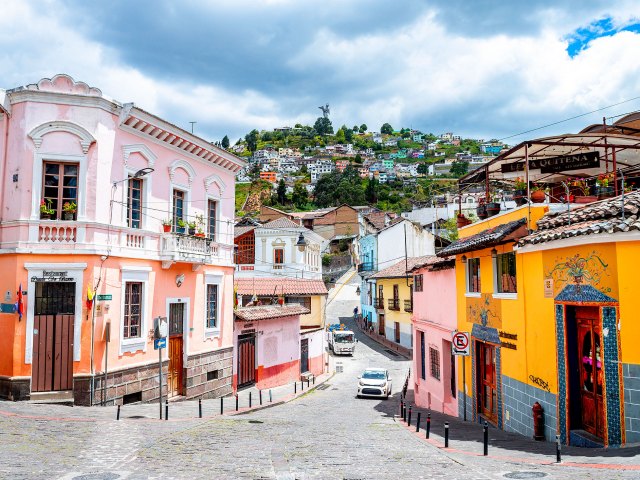
For over a century, the Ecuadorian sucre served as the official currency of Ecuador. However, on September 9, 2000, the South American country officially changed its currency to the U.S. dollar. At the time, financial crises rendered the sucre virtually worthless, and inflation became so problematic that one U.S. dollar was equivalent to 25,000 sucres. This led President Jamil Mahuad Witt to call for a switch of the country’s official currency to the U.S. dollar.
Mahuad’s decision proved unpopular, and he was overthrown by a coup d’etat shortly thereafter. Despite the country’s opposition to the decision, Mahuad’s successor, President Gustavo Noboa Bejerano, followed through on the initiative and officially adopted the U.S. dollar as Ecuador’s national currency. Ecuador remains one of the eight countries around the world to use the U.S. dollar as official tender.
More from our network
Daily Passport is part of Optimism, which publishes content that uplifts, informs, and inspires.






